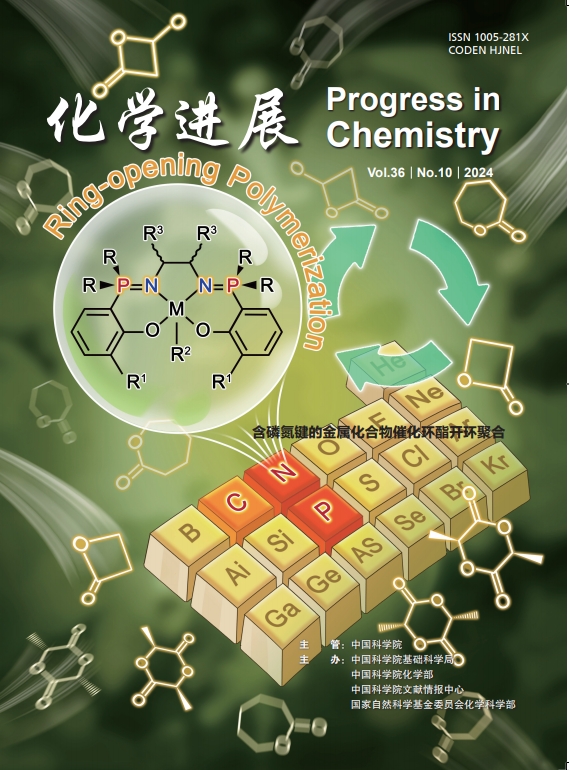SINTESIS NANOPARTIKEL Fe3O4–POLIETILEN GLIKOL (PEG) 6000 DARI PASIR BESI PANTAI HAIS SEBAGAI ADSORBEN LOGAM KADMIUM (Cd)
IF 1
4区 化学
Q4 CHEMISTRY, MULTIDISCIPLINARY
引用次数: 0
Abstract
Telah dilakukan penelitian tentang sintesis nanopartikel Fe3O4 dari pasir besi pantai Hais dengan metode kopresipitasi dan digunakan sebagai adsorben logam kadmium (Cd). Dalam sintesis nanopartikel tersebut digunakan polietilen glikol (PEG) 6000 sebagai agen penstabil ukuran partikel. Nanopartikel yang dihasilkan dikarakterisasi menggunakan X-Ray diffractometry (XRD) dan Scanning electron microscope (SEM) dan hasil penelitian menunjukkan bahwa dengan penambahan PEG 6000 dapat mempengaruhi ukuran partikel Fe3O4 yang dihasilkan. Selanjutnya nanopartikel Fe3O4-PEG 6000 dianalisis kemampuannya sebagai adsorben logam Cd menggunakan spektofotometer serapan atom (AAS). Hasil penelitian menunjukkan bahwa kemampuan nanopartikel Fe3O4-PEG 6000 dalam menyerap logam Cd lebih baik jika dibandingkan dengan nanopartikel Fe3O4 tanpa penambahan PEG 6000.ABSTRACK A research has been carried out on the synthesis of Fe3O4 nanoparticles from the iron sand of Hais beach using the coprecipitation method and the material was used as an adsorbent for Cadmium (Cd) metal. In the synthesis of these nanoparticles, polyethylene glycol (PEG) 6000 was used as a particle size stabilizer. The resulting nanoparticles were characterized using X-Ray diffractometry (XRD) and Scanning electron microscope (SEM) and the results showed that the addition of PEG 6000 could affect the particle size of Fe3O4 produced. Furthermore, Fe3O4-PEG 6000 nanoparticles were analyzed for their ability to adsorb Cd2+ ion using Atomic adsorption spectroscopy (AAS). The results showed that the ability of Fe3O4-PEG 6000 nanoparticles to adsorb Cd2+ ion was better than that of Fe3O4 nanoparticles without the addition of PEG 6000.研究过Hais的铁砂合成的2 - 3o4纳米颗粒,其粘附和用作镉金属沉淀物(Cd)。在纳米粒子合成中,聚乙烯胶质(PEG)将其作为粒子稳定大小的试剂使用。制造的纳米粒子利用x射线衍射和扫描电子显微镜(SEM)进行分类,研究表明,通过6000的增殖,它们可以影响所制造的二三欧欧粒子的大小。然后,2 - 3o4 - peg的纳米粒子6000利用原子吸收光谱仪分析其作为Cd导体的能力。研究表明,2 - 4-PEG的纳米粒子吸收Cd的能力比2 - 3 - 4纳米粒子在不增加6000个品种的情况下更好。ABSTRACK的一项研究被发现是由Hais海滩的铁壳4纳米颗粒的合成物,它们使用的是有限的方法和作为交换镉的材料。在这些纳米颗粒的合成物中,聚乙烯甘油(PEG) 6000被用作一个粒子稳定剂。纳米颗粒的再生是用x射线衍射和扫描电子显微镜(SEM)进行的x射线还原和扫描扫描扫描显微镜(SEM),结果表明,这些特征的增加可能影响Fe3O4产品的含量。相反,Fe3O4-PEG 6000纳米粒子通过原子吸附光谱分析了它们的能力。结果表明,Fe3O4-PEG的强度是6000纳米带电加甲+离子的强度比没有高度加导的2 - 3纳米颗粒更好。
本文章由计算机程序翻译,如有差异,请以英文原文为准。
求助全文
约1分钟内获得全文
求助全文
来源期刊

化学进展
化学-化学综合
CiteScore
2.10
自引率
15.40%
发文量
4325
审稿时长
2.5 months
期刊介绍:
Progress in Chemistry is a peer-reviewed monthly journal. It is sponsored by the Chinese Academy of Sciences(CAS) and the National Natural Science Foundation of China(NSFC). It provides a forum to publish review papers of specialized topics covering the full spectrum of chemistry in Chinese or English, with emphasis on those topics of emerging research area. The reviews provide comprehensive information, including recent advances, development trends, as well as critical assessments about the subject. The readers interested are : researchers and students in chemistry and related areas, and policy decision-makers. Most members of the editorial board are famous scientists.
 求助内容:
求助内容: 应助结果提醒方式:
应助结果提醒方式:


